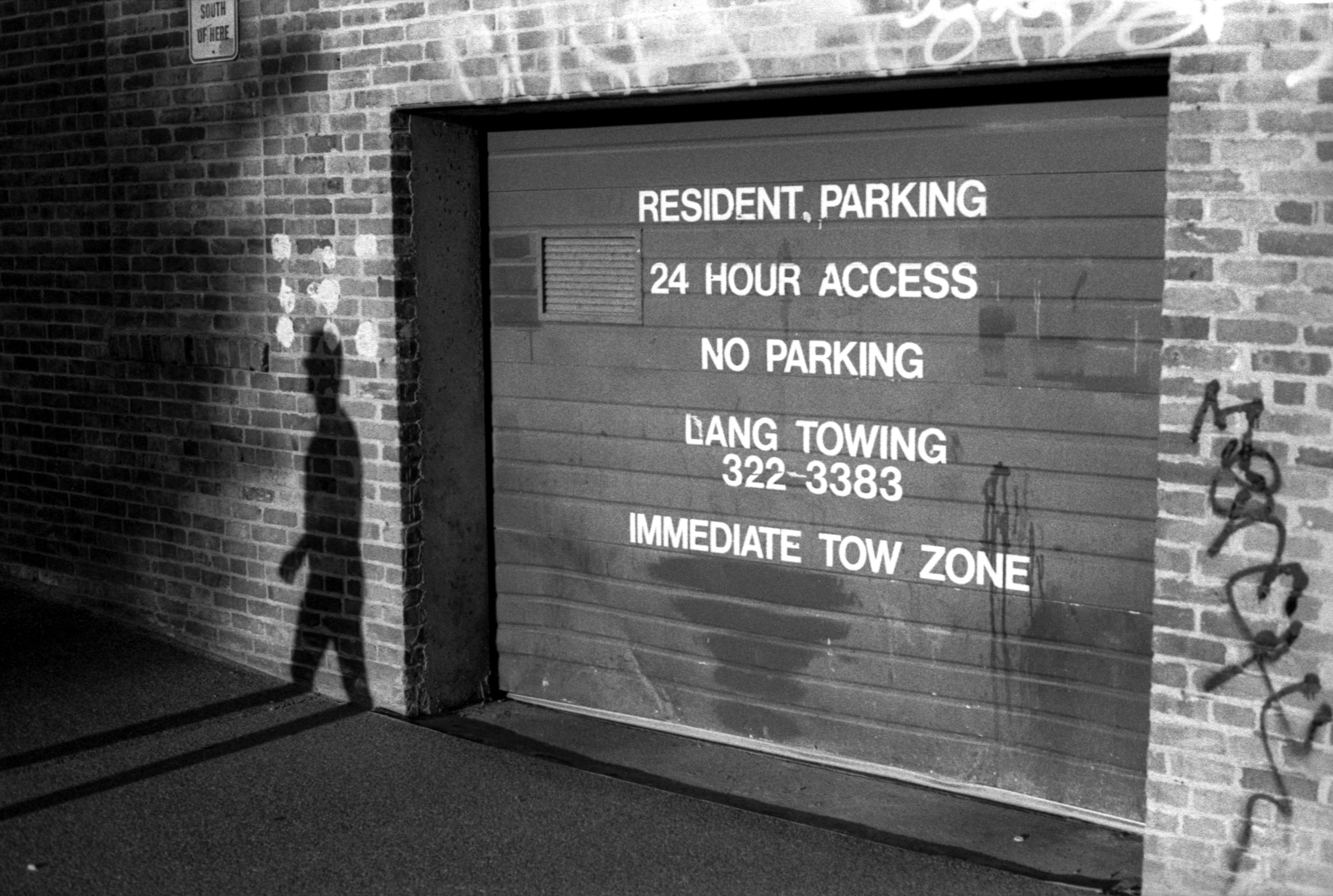How Policy Shapes Property Markets
Real estate doesn’t move in a vacuum. It reacts fast and often disproportionately to signals from the top. A new tax incentive, a zoning update, or a sudden shift in interest rates can flip demand or cause a freeze practically overnight. This isn’t theoretical. It’s how markets work in real time.
Governments hold several levers. Adjust zoning and you open or block development. Offer tax credits and you flood a region with first time buyers. Cap rent and you shift the dynamic for landlords and developers. What seems like policy on paper is often the difference between a stable market and a speculative one.
Smart investors and smart buyers watch these signals closely. They know that a city’s policy choices can tip the scale from boom to bust or create pockets of opportunity for years to come. In real estate, understanding government action isn’t optional. It’s the edge.
Taxation and Its Ripple Effects
Taxes aren’t just background noise they’re levers that move entire markets. When capital gains taxes go up, property owners get cautious. They hold onto assets longer to avoid a higher bill, slowing transaction volume and tightening inventory. When taxes drop, the opposite happens: selling becomes more attractive, listings rise, and competition shifts fast. Investors watch these trends closely, especially during election cycles or major federal budget changes.
Property taxes tell a regional story. States or towns that push higher local tax rates often see investor interest cool unless the rental yields can justify the cost. On the flip side, areas that keep property taxes stable or low tend to draw more real estate dollars, both from institutional players and mom and pop landlords. These shifts aren’t always flashy, but they change where people buy.
First time homebuyer credits are another distortion tool. On one hand, they help people get a foot in the door that’s good. But when rolled out without matching supply side support, these credits drive up demand artificially. Sellers raise prices, inventory gets squeezed, and new buyers tumble into bidding wars. The benefits are short term unless balanced by policies that add or unlock housing stock.
All told, taxation doesn’t just fill government budgets it rewires the incentives behind every buying or selling decision. Smart investors understand policy isn’t just paperwork; it’s strategy.
Interest Rates and Mortgage Regulation
Central banks don’t build homes, but they control the mood of the entire housing market. A single percentage point change in the benchmark interest rate can either open the floodgates for new buyers or slam them shut. In high rate environments, buyer budgets shrink. That means smaller homes, delayed plans, or opting out of ownership entirely.
Lending regulations add another layer. When banks tighten loan requirements think higher down payments or stricter debt ratios it weeds out borderline applicants. Loosening the rules, meanwhile, expands access, sometimes flooding the market with buyers and pushing prices up. Policymakers walk a fine line here: too tight chokes growth, too loose fuels bubbles.
This credit climate also shapes where people live. When borrowing costs rise, urban cores with their higher per square foot prices feel the squeeze first. Suburbs and regional towns, offering more space for less money, start to draw attention. In contrast, cheap credit boosts urban demand, making dense city living feasible for more buyers. The balance between city hustle and suburban sprawl often traces back to one thing: how easy it is to get a loan.
Zoning Laws and Urban Planning

Land use policies are the blueprint behind every block, building, and skyline. Whether you can build a duplex or a high rise on a piece of land depends almost entirely on local zoning laws. In high demand areas, restrictive zoning like single family only restrictions can choke development, driving prices up and inventory down. When cities loosen those rules, suddenly you have more housing potential in the same square footage, and developers are quick to respond.
Density rules how many units can be packed into a parcel play a massive role too. Tight density limits keep urban growth sprawling and inefficient. Looser rules drive housing closer to transit and jobs, and allow for greater affordability. But change is slow. NIMBYism (Not In My Backyard sentiments) and legacy planning codes mean a lot of places are still stuck in outdated models, even as housing demand spikes.
Then there’s the future facing side of policy: green building codes. These include energy standards, waste limits, water use guidelines measures that push projects toward long term sustainability. Some cities pair these regulations with tax or permit incentives. Developers who play along can win big in the long run, especially given how buyers and renters increasingly prioritize climate conscious living.
Bottom line: if you’re building, investing, or buying, don’t just look at the plot look at the policies behind it.
Rent Control and Tenant Protections
Rent control has always been a balancing act. On one side, it offers relief to tenants caught in increasingly unaffordable markets. On the other, it puts pressure on rental supply and dampens investor enthusiasm. In cities with aggressive rent caps, landlords often pause new development or pivot properties into short term or for sale markets. That chokes the pipeline of fresh, long term rental units over time.
As costs stay locked for existing tenants, new entrants face tighter inventory and, ironically, higher market rates elsewhere. Developers are watching this closely. If the math on future returns doesn’t work, they shelve projects or redirect capital to less regulated zones.
This is where the patchwork gets interesting. Cities aren’t moving in one unified direction; some are doubling down on protections, while others are loosening the reins to encourage supply. The result is a real time urban experiment playing out across the country, with growth, affordability, and investment flipping depending on local rules. For investors and builders, it’s less about ideology and more about knowing the zip codes that still support long term upside.
Real Time Examples and Case Studies
The real estate world isn’t shifting in theory it’s shifting on the ground. Major metro areas have become policy laboratories, rolling out aggressive changes in response to post pandemic housing pressures. Cities like New York, San Francisco, and Austin are leading with bold, sometimes controversial steps.
New York expanded its rent control policies in 2023, limiting annual increases and tightening eviction guidelines. The move was designed to shield tenants from economic instability, but it’s sparked investor hesitation and a slowdown in new multifamily development.
On the West Coast, San Francisco has doubled down on upzoning plans, allowing for higher density residential projects in formerly single family zones. It’s a direct play to fight housing shortages but it’s also triggered resistance from long term residents concerned about rapid neighborhood changes.
In Texas, pandemic era telework trends inspired Austin to relax certain commercial zoning rules, making it easier to convert offices into mixed use or residential space. This shift is turning underused downtowns into live work hubs, and it’s getting nationwide attention from urban planners.
These aren’t isolated updates. They’re part of a broader restructuring across U.S. cities policy as a frontline tool shaping who can afford to live where, and how neighborhoods evolve. For a fuller breakdown of these shifts and how they ripple across markets, see the detailed report on government policy impact.
Key Takeaways for Buyers, Sellers, and Investors
Keeping an eye on policy is no longer optional it’s part of the playbook. Whether you’re flipping properties or watching rental yields, the most agile investors are those who track legislation before it hits the ground.
Start with government calendars. City council agendas, housing authority meetings, and federal budget previews offer early signals. These dry documents often preview changes in zoning, tax codes, or development incentives long before they’re headline news.
Learn the patterns. For example, when governments announce infrastructure projects or green energy grants, adjacent real estate markets tend to warm up fast. When lending regulations tighten, starter home demand shrinks before mortgage rates even move.
Set up automatic alerts for keywords like “urban redevelopment,” “property tax reassessment,” or “housing subsidy.” Good sources include state and federal agency websites, Google Alerts, and policy focused newsletters. This lets you move before the pack.
For more detailed context and current examples, visit government policy impact. Getting ahead often starts with knowing where the rules are about to shift.




